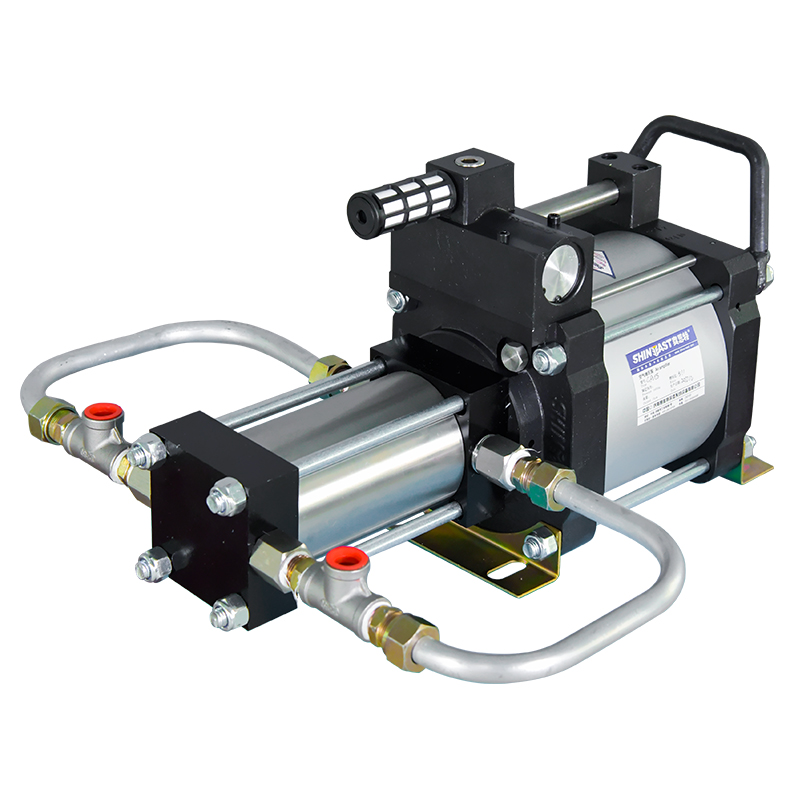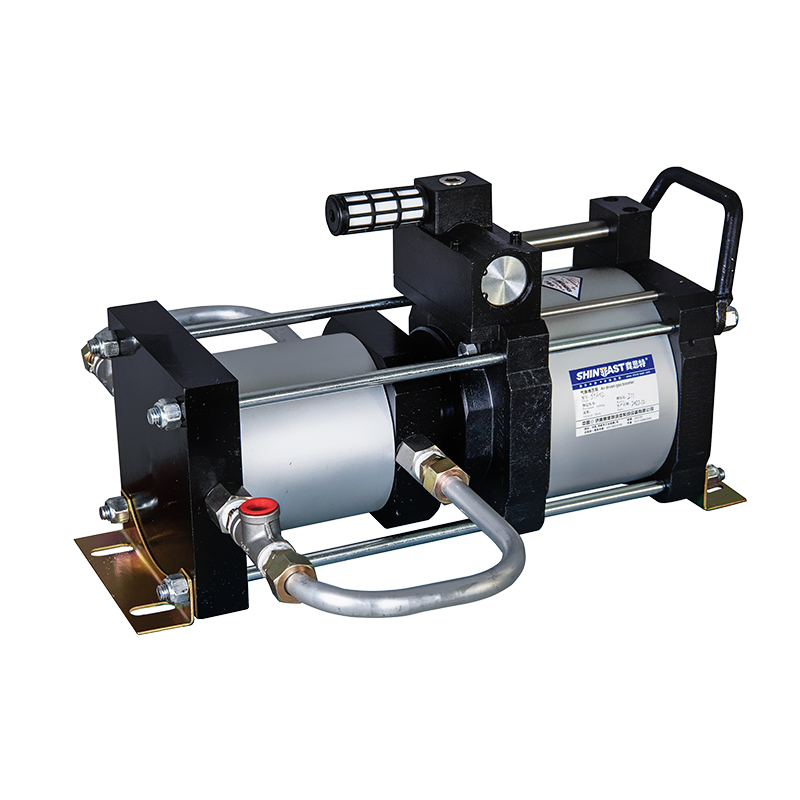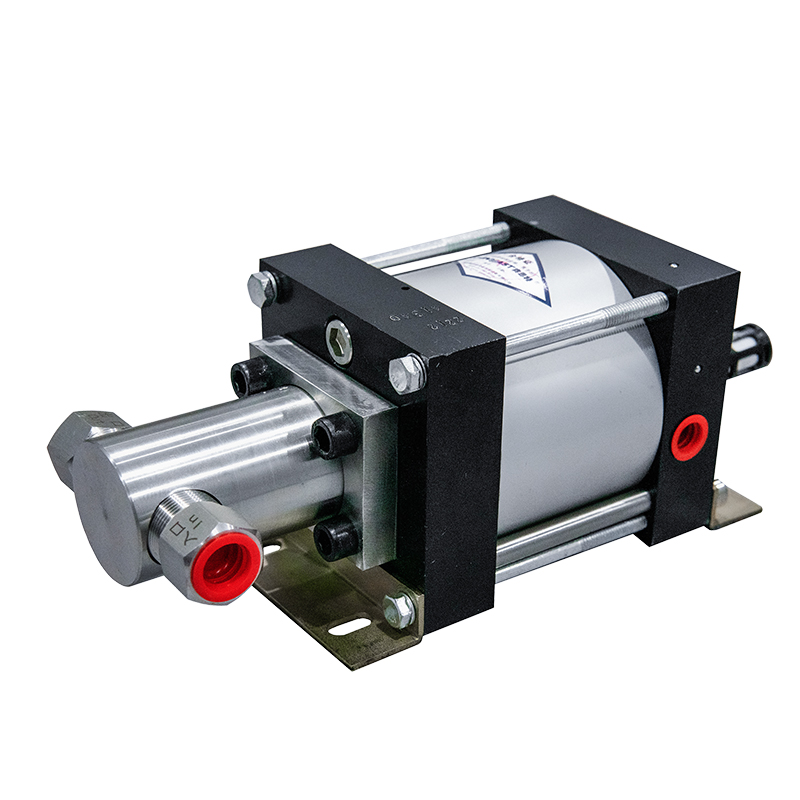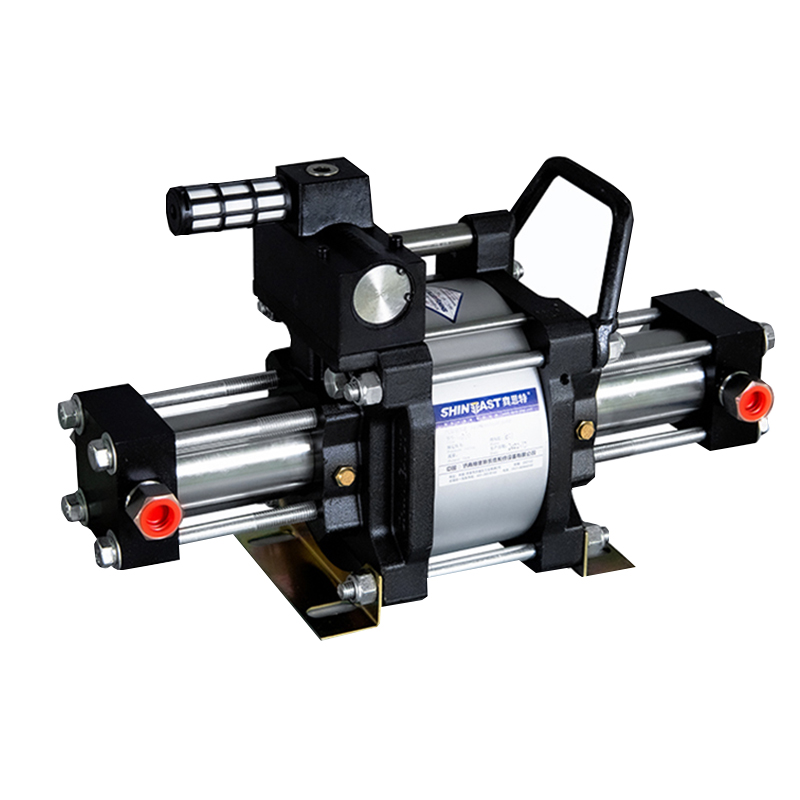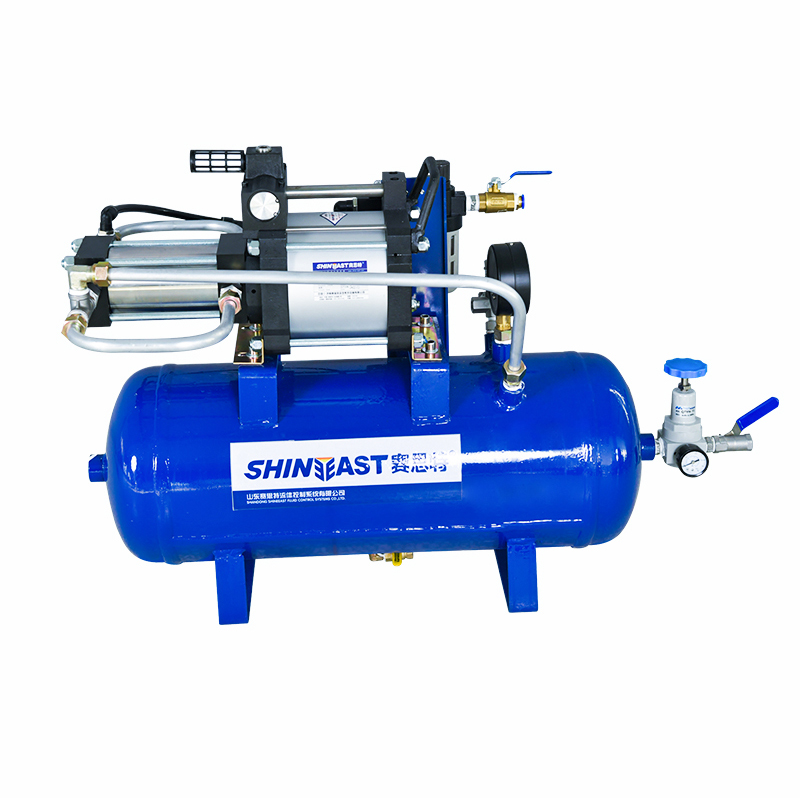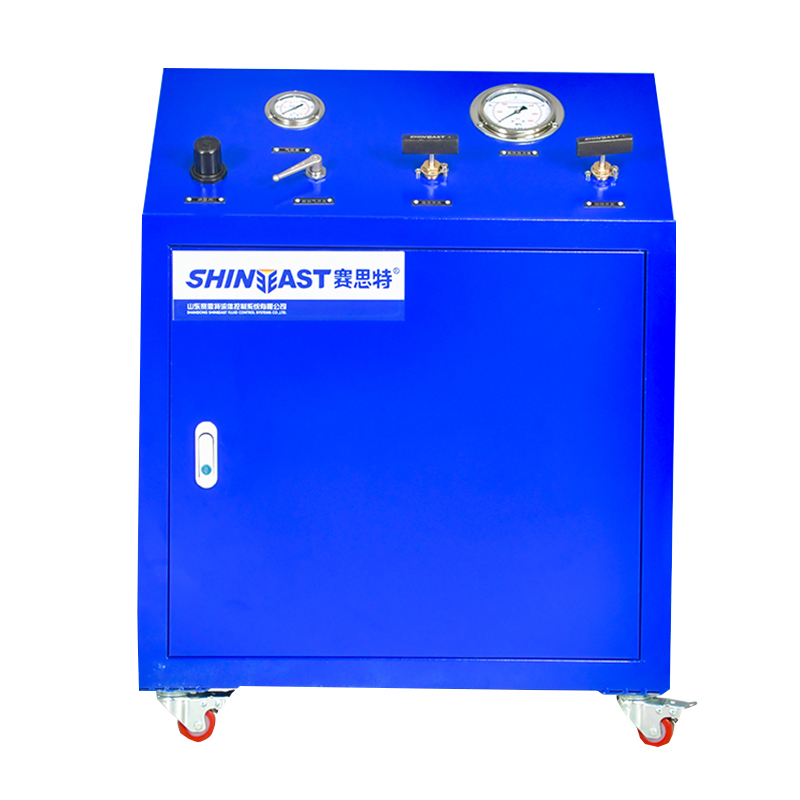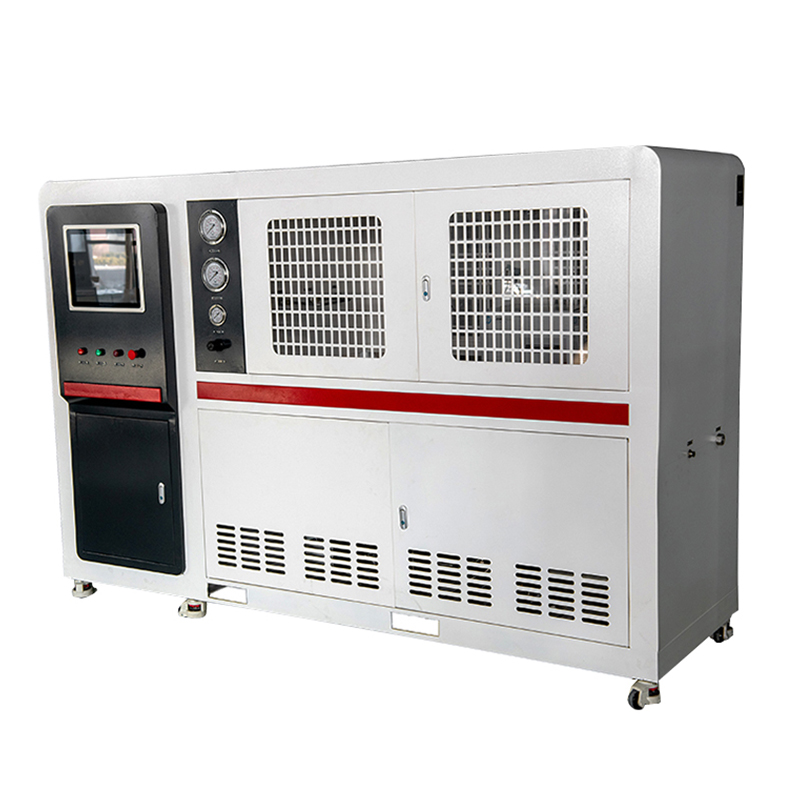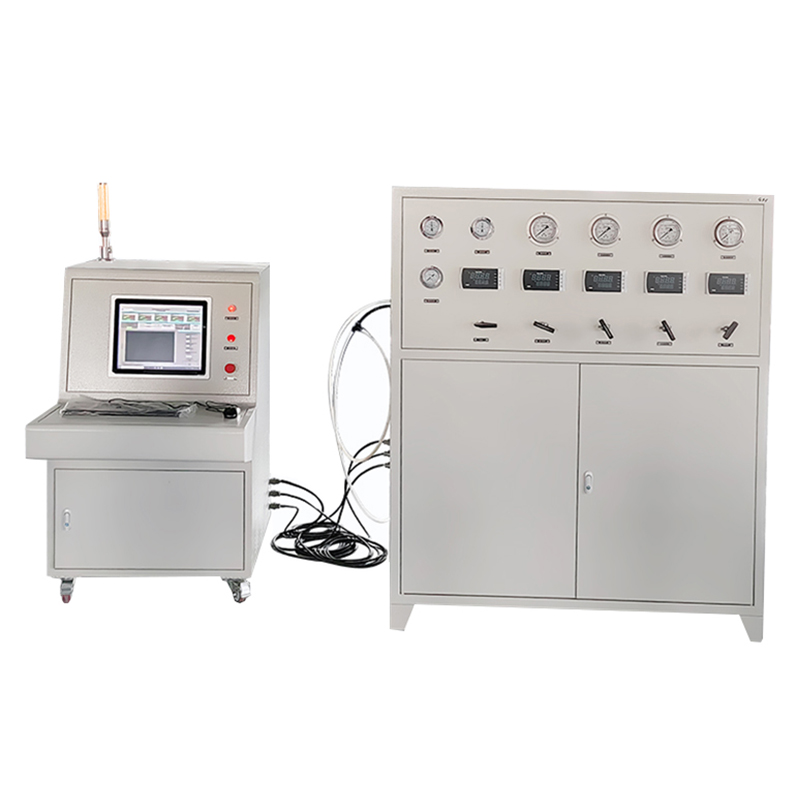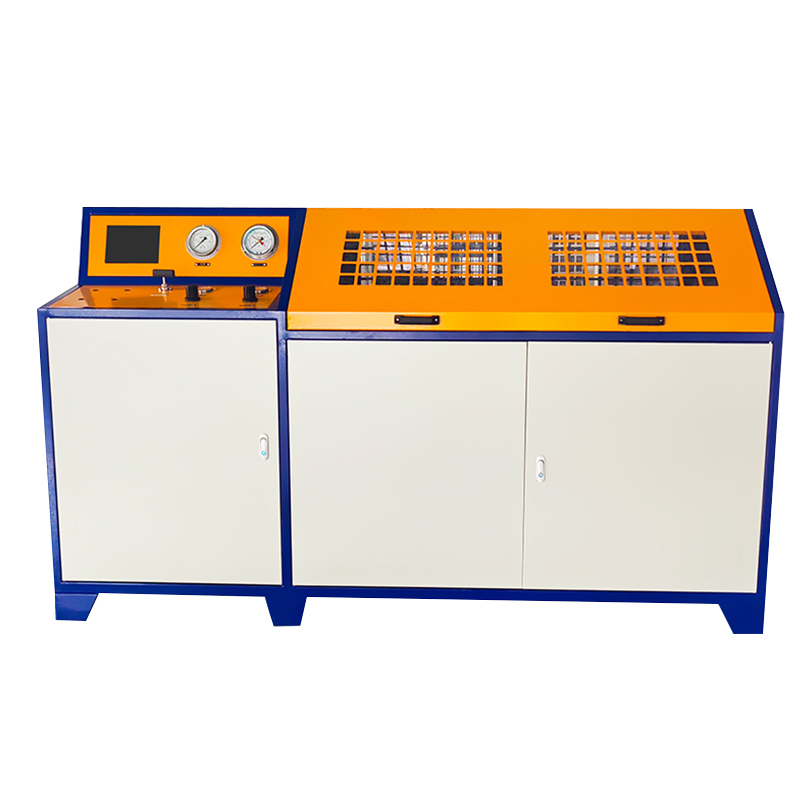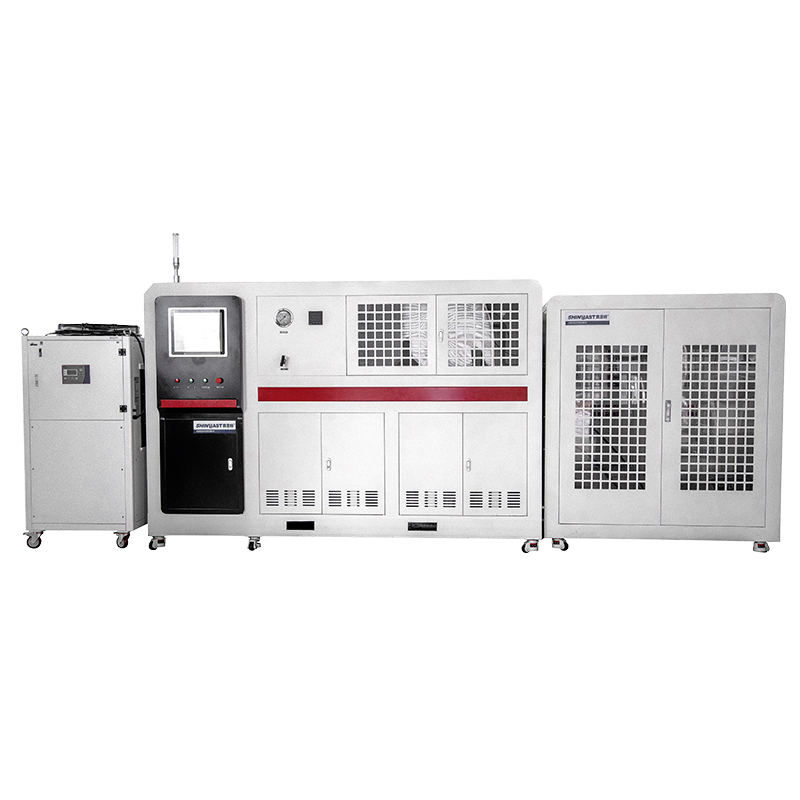The pressure gauge fatigue test bench is a specialized equipment for fatigue life testing of pressure measuring instruments such as pressure gauges. It simulates the long-term use of pressure gauges under various working conditions, and evaluates the fatigue resistance, durability, and reliability of pressure gauges through repeated loading and unloading pressure cycles. Here is a more detailed introduction.
Pressure gauges undergo periodic pressure changes during use (such as cycles of pressurization and depressurization), and these repeated pressure fluctuations can lead to material fatigue and performance degradation. The core principle of a fatigue test bench is to simulate the usage process of a pressure gauge under different working conditions by applying preset pressure cycles, in order to test its fatigue life within a specified pressure range and cycle times.
The pressure gauge fatigue test bench is widely used for factory quality inspection and life testing of pressure gauges, pressure sensors and other products, ensuring that the products can work normally for a long time during customer use. When developing a new type of pressure gauge, fatigue testing is required to determine the product's design life, reliability, and performance under various complex working conditions. Pressure gauges may be subjected to high pressure, high temperature, and extreme environments during use, and their applicability and long-term stability can be verified through fatigue testing.
By setting a certain number of pressure cycles, the fatigue life of the pressure gauge can be predicted, and its feasible time range in practical use can be determined. During the testing process, pressure gauges may experience failures such as decreased accuracy, pressure leakage, and bursting. Testing can analyze the causes of these failures and provide a basis for product improvement. Test whether the pressure measurement value of the pressure gauge drifts under long-term and high-intensity use, to ensure that the pressure gauge can maintain stable accuracy throughout its entire service life. The main components of the test bench are.
Pressure control system: The test bench can accurately control the loading pressure value through settings. Usually includes pneumatic pumps or hydraulic systems to generate and regulate the required pressure.
Loop control system: A programmable controller is used to control the periodic pressure fluctuations during loading and unloading, ensuring that the pressure gauge repeatedly undergoes different pressure cycles within a specified time. Users can set parameters such as pressure amplitude, loading time, unloading time, and number of cycles.
Sensors and measurement systems: High precision pressure sensors and displacement sensors are installed on the test bench to monitor the working status and accuracy of the pressure gauge in real time, ensuring the accuracy of the test.
Data acquisition and processing system: automatically records pressure data, test cycles, etc. for each test, and generates test reports to analyze the fatigue performance of the pressure gauge under different pressure cycles. It can generate various test reports to analyze the performance changes of the pressure gauge.
The fatigue test of pressure gauges generally includes constant pressure cycle testing, which involves repeated pressure loading and unloading within a certain pressure range to test the fatigue life of the pressure gauge. Step loading test, gradually increasing the pressure value, with each level of pressure lasting for several cycles until the pressure gauge fails. This method is used to test the ultimate fatigue strength of pressure gauges. Impact pressure testing tests the response and fatigue resistance of pressure gauges under extreme working conditions by quickly loading and unloading extreme pressures. The main parameters of a general pressure gauge fatigue test bench are as follows.
Pressure range: usually 0-100MPa or greater, depending on the range of use of the pressure gauge.
Loading method: Hydraulic or pneumatic loading methods can be used, with hydraulic loading being the most common.
Test frequency: generally 1-5 times/second, can be adjusted according to requirements.
Test frequency: usually tens of thousands to hundreds of thousands of cycles, simulating the fatigue situation of the pressure gauge during long-term use.
Pressure accuracy: The test bench needs to have high-precision pressure control, with an accuracy typically of ± 0.25% or higher.
Control method: The test bench generally adopts a PLC control system, which can automatically perform the cyclic process of pressure loading, holding, and unloading.
Data recording and analysis: Equipped with a data acquisition system, it can record real-time pressure values, cycle times, etc. for each test, facilitating subsequent analysis.
Test medium: Different media such as water, oil, or air can be used for testing, depending on the working environment of the pressure gauge.
The pressure gauge fatigue test bench supports multiple pressure gauge interfaces and specifications, with strong compatibility. The high-speed data acquisition system can provide real-time feedback on the dynamic performance of the pressure gauge. Equipped with an automatic protection device, the test will automatically stop when the pressure gauge approaches the maximum pressure, preventing equipment or personnel damage. Modular design, supporting multiple extension functions such as temperature simulation, corrosion environment simulation, etc., for more rigorous testing.
CONTACT US
Please use the form below to get in touch.
If you need a reply we will get in touch as soon as possible.

